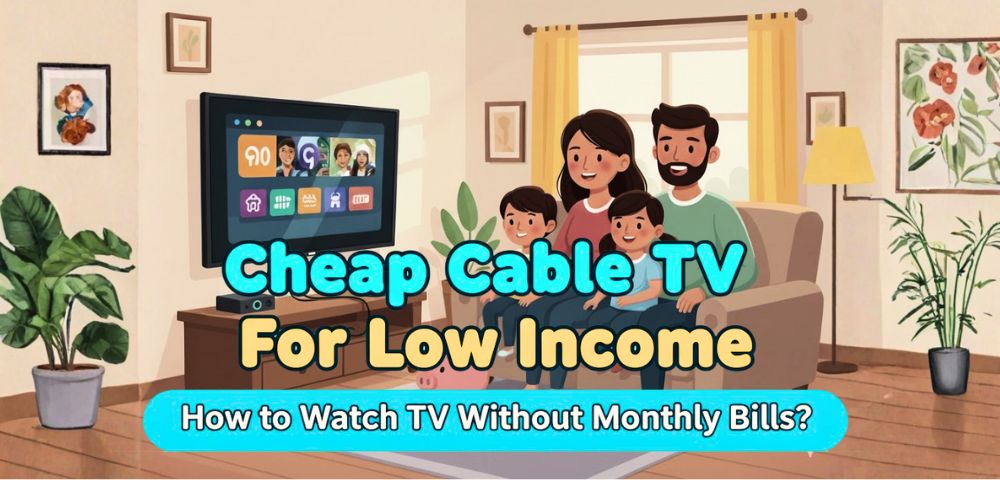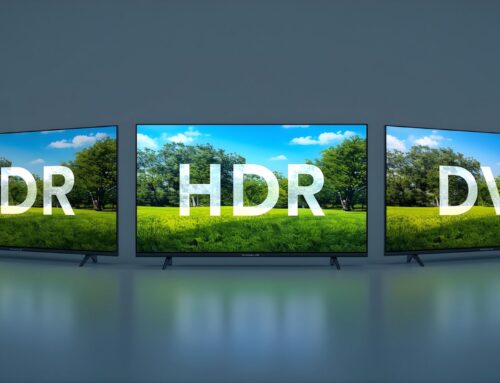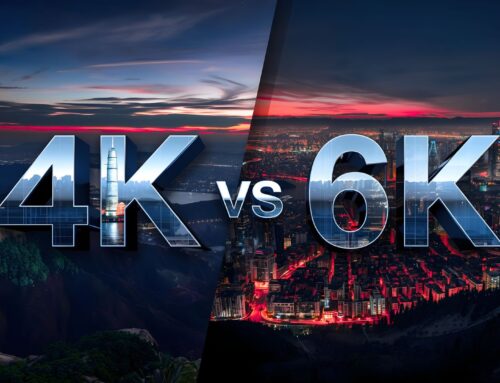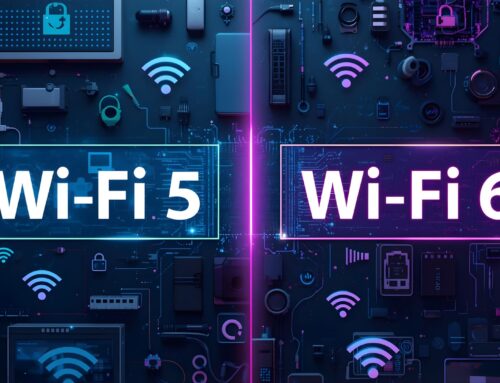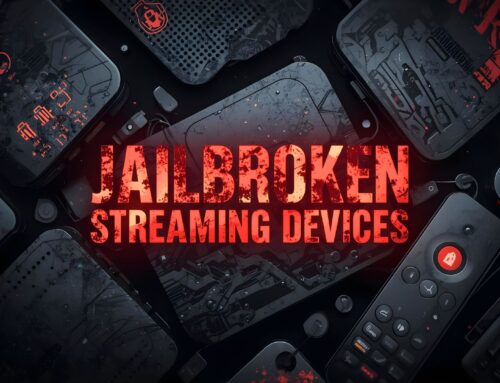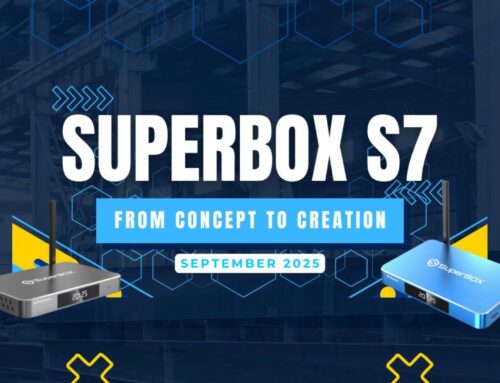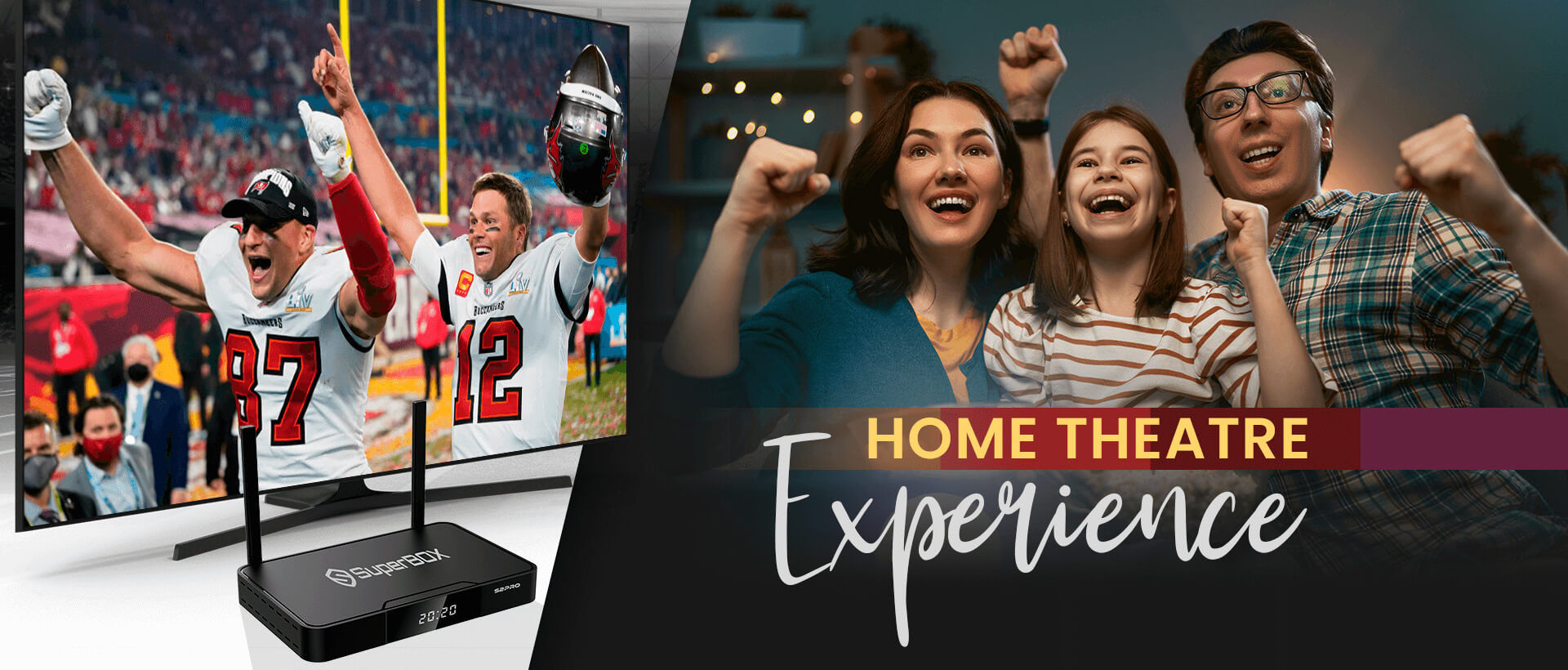Tired of confusing cable bills and hidden fees? Real cheap cable TV for low income solutions does exist. This guide breaks down the best alternatives to stop overpaying, from free over-the-air options to one-time purchase devices that eliminate monthly bills.
The Endless Search for Cheap Cable TV For Low Income
The search for cheap cable TV for low income is one of the most frustrating experiences for any budget-conscious family. When you’re trying to save money, the ever-growing cable bill is usually the first thing you want to cut. You search online, hoping to find a cheap cable TV service, but what do you find? Confusing bundles, temporary “deals,” and a ton of fine print. Many households continue paying for overpriced cable simply because they believe there’s no reliable alternative. They feel stuck in a system that punishes them for wanting to save. But is cheap cable TV for low income really just a myth?

This article is for anyone tired of fake promises. We’ll explore why the traditional search for cheap cable TV for low income always leads to disappointment — and introduce modern, effective ways to watch TV without monthly fees.
Why Cheap Cable TV For Low Income Is a Trap
The concept of cheap cable TV for low income is often a marketing illusion. Cable companies are masters at attracting attention with big promotional offers — but these offers are just bait. You’ve seen the ads: “Get 150+ Channels and High-Speed Internet for $49.99/month!” These bundles sound like cheap cable TV for low income options, but they’re designed to lock you into a 12- or 24-month contract.

For the first year, the price might seem manageable. But once the promotion ends, the bill suddenly doubles or even triples. This isn’t cheap cable TV for low income, it’s a trap. When you call to complain, you’re told you’ve moved to the “standard rate.” This cycle repeats endlessly.
The Hidden Costs Behind “Low-Cost” Cable TV
Even during the promo period, the advertised price is never the real price. The search for cheap cable TV for low income usually ends with a bill full of mysterious fees and unnecessary charges.
Here’s what most people don’t expect:
- Box Rental Fees: $10–$20 per month, per TV.
- Broadcast TV Fees: $15–$25 just for local channels.
- Regional Sports Fees (RSN): $10–$15, even if you don’t watch sports.
- Taxes and Surcharges: Small charges that add up fast.
Real-World Examples: How “Cheap” Becomes Expensive
Let’s look at how this works with major providers. These introductory prices are designed to look like cheap cable TV for low income, but the final bill tells a different story.
For example, Comcast Xfinity might advertise a seemingly cheap package, like its “Choice TV” plan, for around $30 a month. However, this price often doesn’t include the mandatory Broadcast TV Fee, which can add another $25, or the Regional Sports Fee, which might add $15 more. Suddenly, that $30 deal is actually over $70 before box rentals.
It’s a similar story with Spectrum. They might advertise a “TV Select” package at $59.99 a month for the first year. What isn’t highlighted is the Broadcast TV Surcharge, adding over $25, and the separate $10 to $12 fee required for each TV’s set-top box.
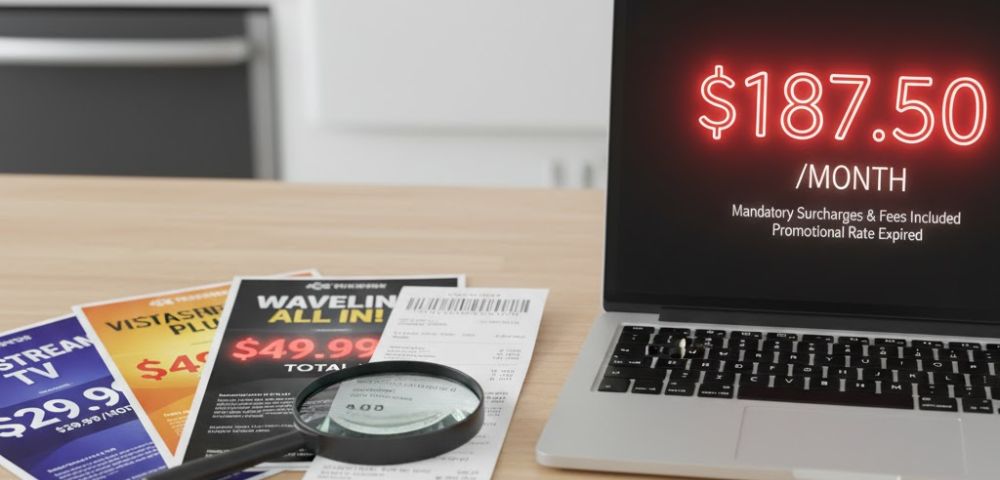
DIRECTV often promotes its “Entertainment” package at $69.99 a month. This requires a two-year contract, but the low price is guaranteed only for the first year. In the second year, the price can jump to $120 or more. These hidden costs and price hikes are the very reason people cut the cord cable, and they prove one thing: cable companies aren’t built to offer cheap cable TV for low income — they’re built to maximize profit.
Method 1: OTA Antennas – Basic, But Limited
One of the most affordable cable TV options for low-income users is using an Over-the-Air (OTA) antenna. With a one-time cost of about $30–$80, it lets users enjoy local broadcast channels such as ABC, NBC, CBS, FOX, and PBS in crisp HD. This simple device connects easily to your TV, offering access at no monthly cost to essential news and entertainment.
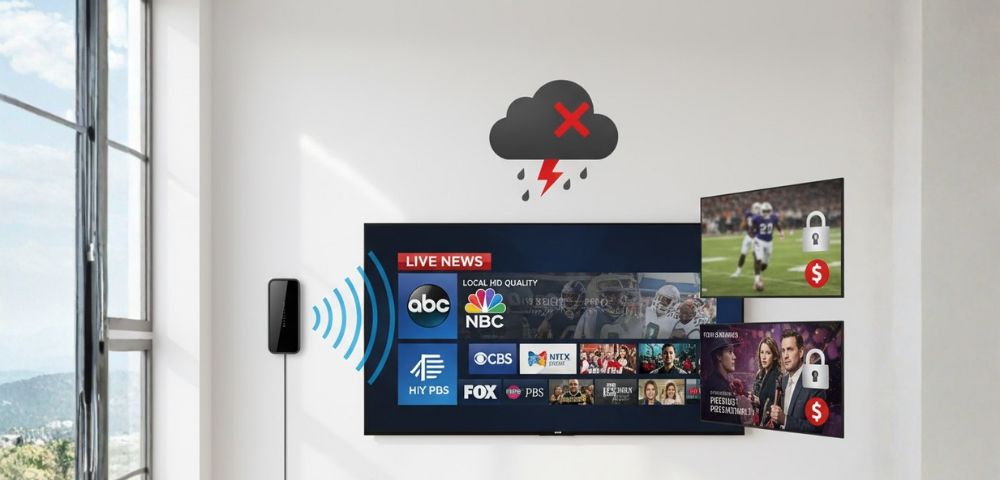
While OTA antennas are useful for local programming, they have limitations. Their performance depends heavily on your location and signal strength, and they don’t provide access to premium or sports channels. This means OTA antennas can supplement your viewing needs, but cannot fully replace cable. For households seeking a truly affordable experience, additional streaming options may be necessary.
Method 2: Ad-Supported Streaming Platforms
Streaming platforms like Pluto TV, Tubi, and Freevee are another option for those seeking cheap cable TV for low income. Their main appeal is clear: they provide a large library of movies, TV shows, and even live-streaming channels at no charge, making them a tempting choice for budget-conscious viewers.

However, the trade-off for “no charge” is significant. Viewers must watch frequent ads, and the content libraries are mostly outdated. Crucially, they lack access to most live sports and major networks. They’re useful supplements, but not a full cable replacement for low-income households needing comprehensive TV.
Method 3: One-Time Purchase Streaming Boxes
This is the most comprehensive method and the true modern alternative to cable. Instead of “renting” your access, you own the hardware. This category of devices is designed to be a true cable replacement, and it’s the most effective answer to the cheap cable TV for low income problem. A popular example of this is the SuperBox S7 Pro.
How Devices Like the SuperBox S7 Pro Work
The SuperBox S7 Pro fundamentally changes how you access and pay for television by replacing the old, frustrating cable model with a system built on fairness and simplicity. It tackles the biggest problems—contracts, monthly fees, and limited content—through four key advantages.
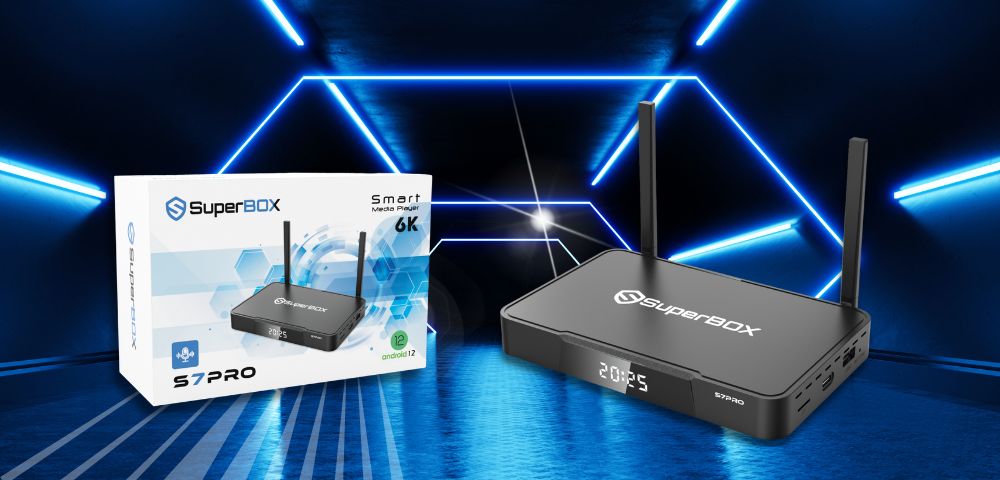
One-Time Purchase: Instead of monthly rentals or contracts, you pay once for the device and own the hardware outright. This one-time cost makes cheap cable TV for low income possible without compromise.
No Monthly Bills: The SuperBox S7 Pro doesn’t require any subscription fees. Just connect it to your internet and enjoy your favorite shows. Say goodbye to rental charges and surprise bills — true financial freedom for low-income families.

Entertainment Focused on Choice: Stop paying for expensive channel bundles filled with content you never watch. This device helps you find and enjoy popular entertainment, letting you browse options such as live news, sports, and family movies, all organized in one place.
Easy to Use: The device runs on Android OS, so setup takes minutes. The upgraded processor and Wi-Fi 6 technology in the SuperBox S7 ensure smooth, buffer-free streaming. This is how cheap cable TV for low income becomes a reality—simple, smart, and sustainable.
Conclusion: The Best Choice for Cheap Cable TV For Low Income
Stop wasting time searching for fake, cheap cable TV for low income deals, as traditional cable companies will only trap you in long-term contracts. While alternatives like OTA antennas and ad-supported apps have their place, they are ultimately too limited.
An effective solution like the SuperBox S7 Pro (Method 3), the best TV box for replacing cable, delivers a rich library of entertainment for a single one-time payment, with no monthly bills. Finally, cheap cable TV for low income isn’t just a dream. It’s a reality, and you can learn more about the SuperBox S7 Pro to start saving for good!
Contact us: Mail to [email protected] or fill out the form below

